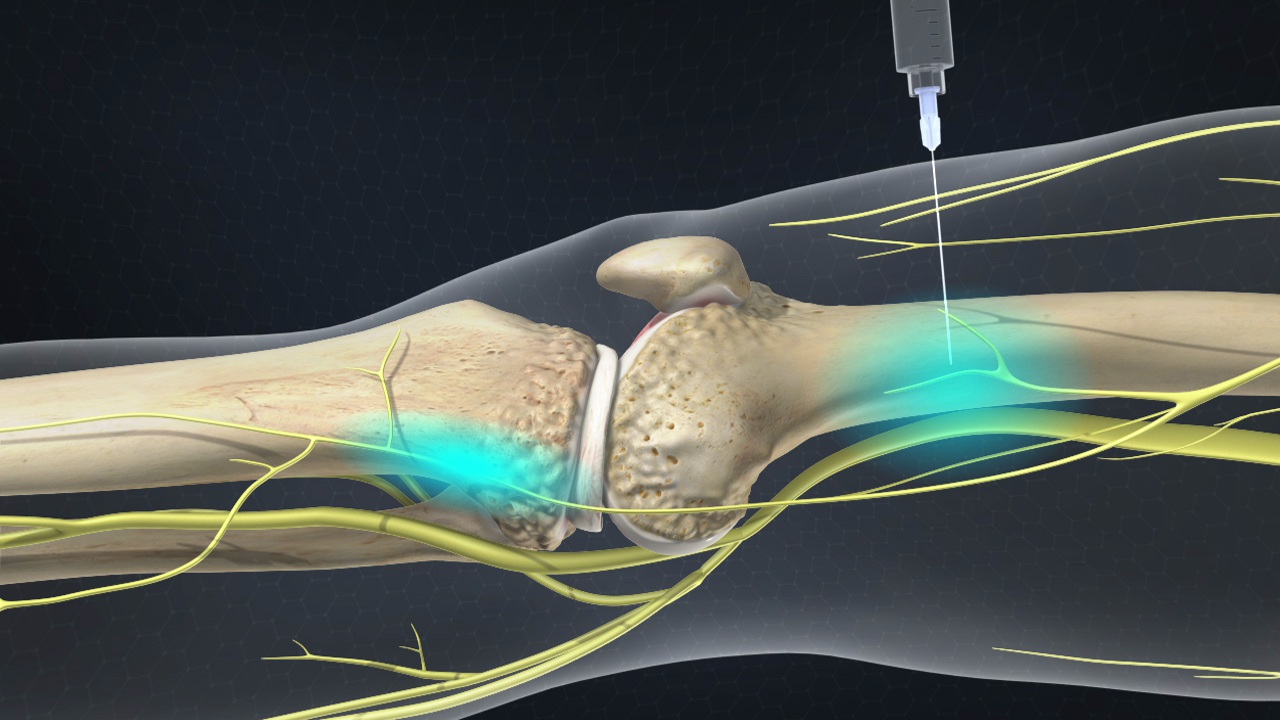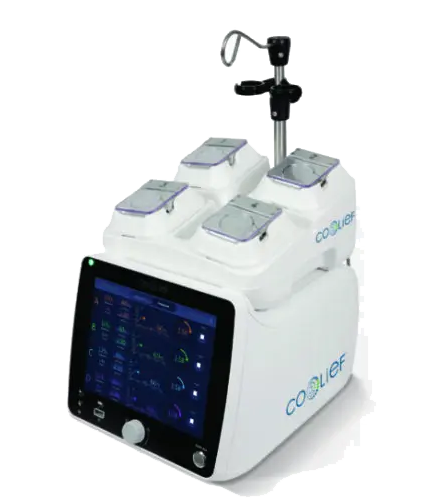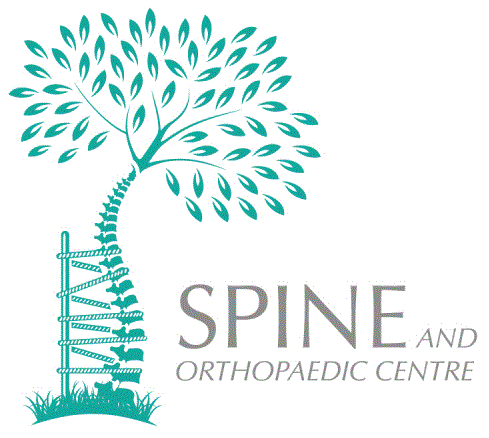
What is Cooled Radiofrequency Ablation?
Cooled radiofrequency ablation (Cooled RFA) is a minimally invasive procedure used to relieve chronic pain by disrupting pain signals from specific nerves. Unlike traditional radiofrequency ablation, this technique uses internally cooled electrodes to allow for a larger treatment area, making it particularly effective for deep or complex nerve structures. It is commonly used to treat pain originating from the sacroiliac joint, spine, and other musculoskeletal conditions.
Who Would Need Cooled Radiofrequency Ablation?
Cooled RFA is typically recommended for individuals experiencing:
- Chronic Lower Back or Pelvic Pain: Pain caused by sacroiliac joint dysfunction.
- Arthritis-Related Pain: Conditions such as osteoarthritis leading to nerve irritation.
- Sacroiliitis: Inflammation of the sacroiliac joint resulting in persistent discomfort.
- Pain Not Relieved by Other Treatments: Patients who have not found lasting relief from physiotherapy, medications, or injections.
Before the procedure, doctors may perform diagnostic nerve blocks to confirm the source of pain and determine if Cooled RFA is appropriate.
How is Cooled Radiofrequency Ablation Performed?
The procedure is performed under local anaesthesia with mild sedation and involves the following steps:

- Patient Positioning: The patient lies comfortably on the procedure table.
- Needle Insertion: Using fluoroscopy (real-time X-ray) or ultrasound guidance, a specialised probe is inserted near the targeted nerves.
- Cooling and Ablation: Cooled radiofrequency energy is applied, disrupting the pain-transmitting nerves while preserving surrounding tissues.
- Completion and Recovery: The probe is removed, and a small bandage is applied. The entire procedure takes about 30 to 60 minutes.
What to Expect After the Procedure?
Recovery from Cooled RFA is generally quick, with most patients experiencing relief within a few weeks.
- Mild Soreness: Temporary discomfort at the procedure site.
- Gradual Pain Reduction: Full pain relief may take up to three weeks.
- Activity Restrictions: Patients are advised to avoid strenuous activities for a few days but can gradually return to normal routines.
- Long-Lasting Relief: Pain relief can last from several months to over a year, depending on individual factors.
CRFA is an effective, non-surgical option for managing chronic pain and improving quality of life. If you suffer from persistent lower back, pelvic, or joint pain, consult your doctor to determine if this procedure is suitable for you.

